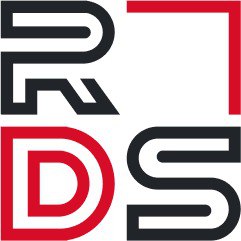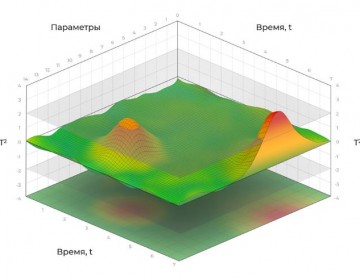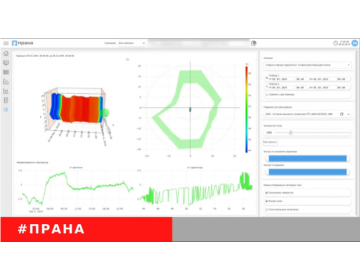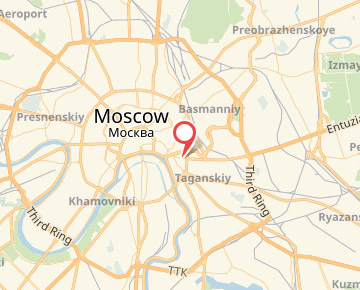Digitalization of the power-grid complex: solutions or a predictive analytics and monitoring system
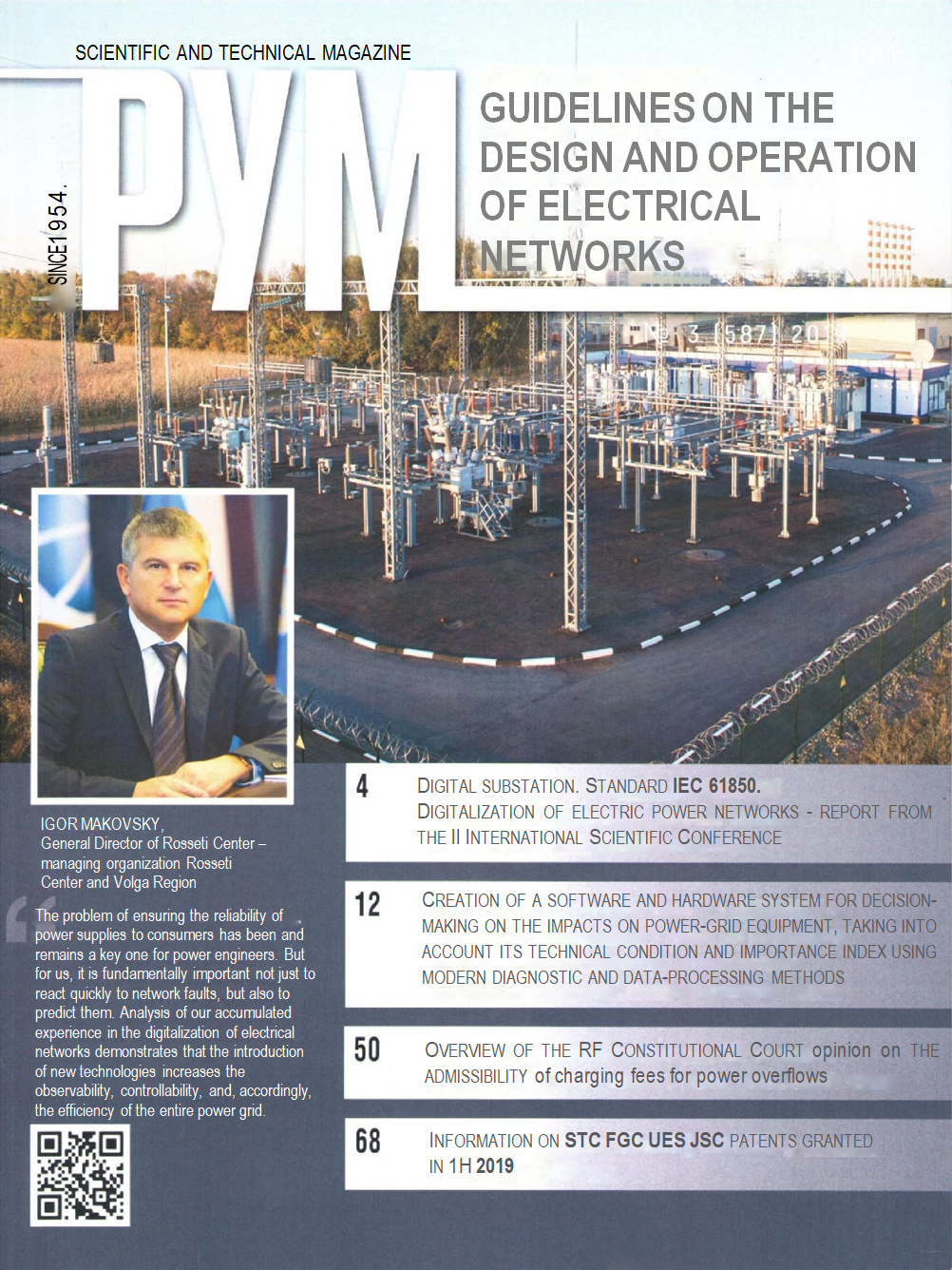
Electrical networks design and operation guidelines No. 3 (587) 2019
Author: Oleg Zakharov, chief specialist of the expert group of PRANA Predictive Analytics and Remote Monitoring System, ROTEC JSC
Monitoring-and-diagnostics data (M&D) form the basis for determining the technical condition of equipment and developing repair schedules.
Due to the modern advancement of materials, technologies and control systems, as well as developments in key industries such as instrumentation, power engineering and hardware, we have many options for equipping the observed facility with various sensors and systems that allow for the output of a huge array of information to control panels, control rooms and situational centers.
For example, Figure 1 demonstrates the equipping of a power transformer allowing for the online tracking of significant defects and malfunctions in virtually all units and elements.
In addition, Figure 2 shows specific manufacturers and suppliers (domestic and foreign) of primary sensors and M&D systems.
Seemingly, there are no problems in terms of information on the equipment’s technical state - it’s more than sufficient. But there are two key points.
First, the variety of sensors and systems for signals processing and issuance, and often the lack of the complementary ability to combine them, makes the owner bear additional financial costs due to the limitations of their joint application (either software and hardware dependence, or the need for the complete replacement of existing hardware equipping during modernization).
Second, operational personnel are not able to constantly record and analyze the incoming information flow. At the same time, the occurrence and degree of degradation is physically impossible to assess quickly, since the trends of the parameters may not be critical for a long time, and at some point the process will begin to snowball and it will be too late to do anything. As a compensating action, the main emphasis in operational preventive maintenance is on pre-alarms and all kinds of technological and other protections, as well as on emergency automation.
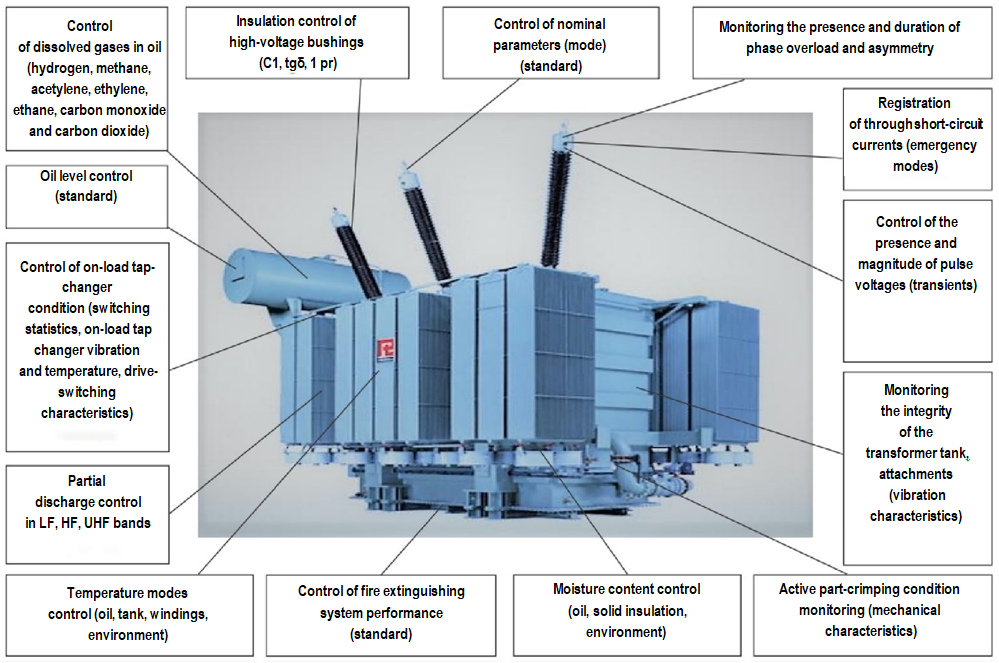 Figure 1. Power-transformer equipping for technical-condition monitoring
Figure 1. Power-transformer equipping for technical-condition monitoring
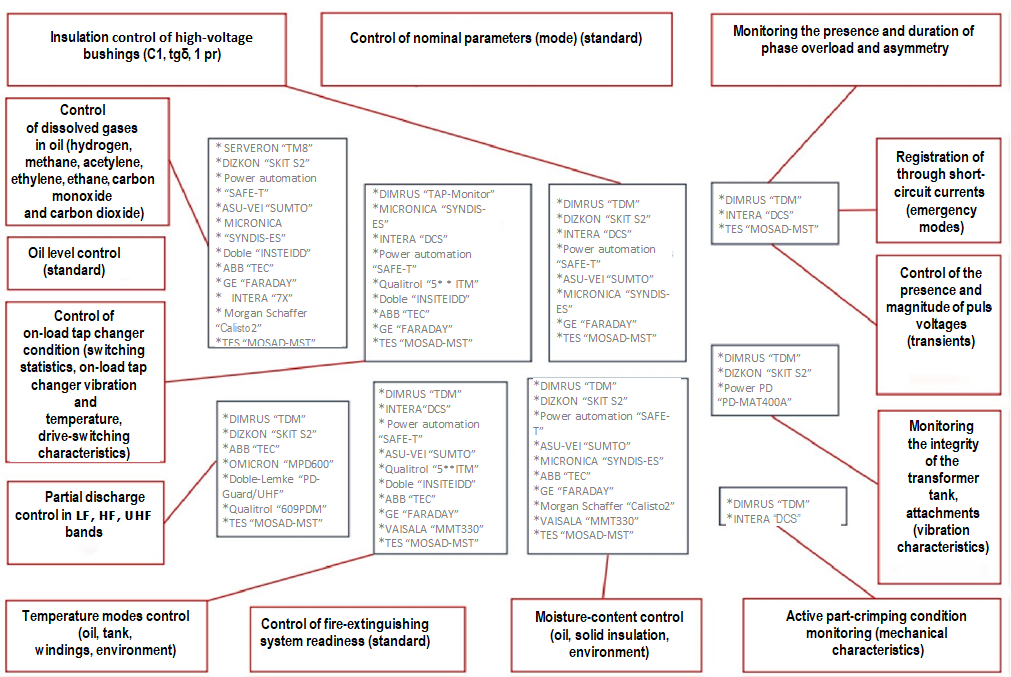 Figure 2. Domestic and foreign manufacturers (suppliers) of primary sensors (systems) for transformer monitoring and diagnostics
Figure 2. Domestic and foreign manufacturers (suppliers) of primary sensors (systems) for transformer monitoring and diagnostics
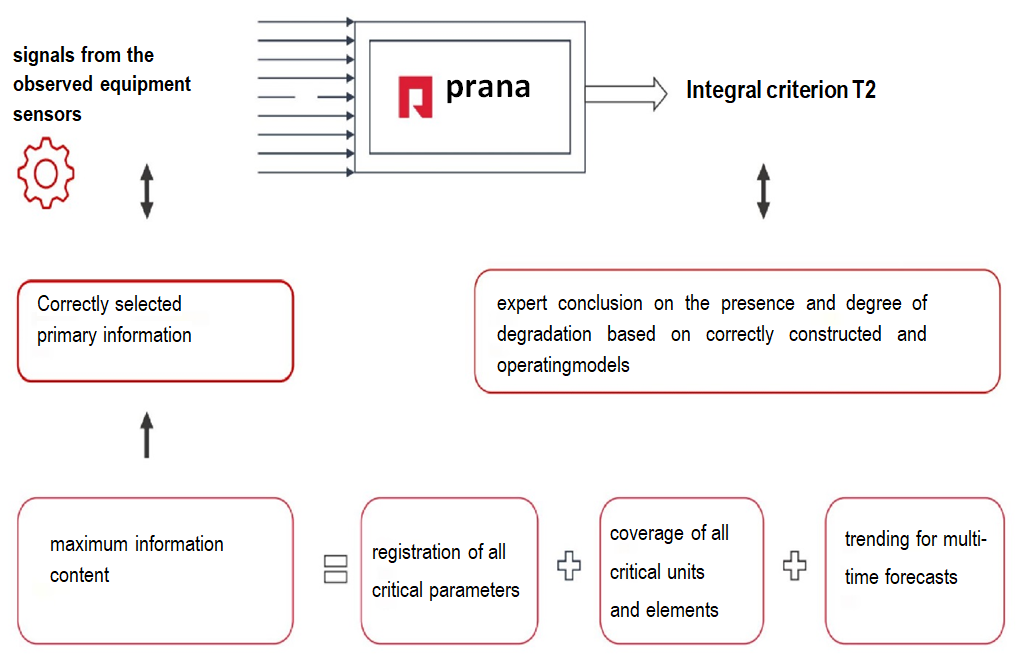 Figure 3. Predictive Analytics and Remote Monitoring System
Figure 3. Predictive Analytics and Remote Monitoring System
When alarms and protections are triggered and equipment is turned off, two possible scenarios arise:
- unreasonably expensive repair due to long-term degradation and the corresponding deterioration of the technical condition of adjacent units and elements;
- point impacts on the disconnected equipment and its inclusion in work with unidentified and uneliminated degradations.
Thus, there is a need for the formation of a qualitativelynew model of the operational-cycle management of the production assets of power facilities, power-grid complexes, transport-infrastructure and industrial conglomerates, etc. This contributes to the:
- development of key industries (technical basis);
- improvement of M&D (methodological basis);
- accumulation of operational experience with M&D objects;
- creation of information spaces with differing degrees of locality and content.
World experience shows that the remote online monitoring of facilities with the participation of expert groups, where a particular area (equipment) specialist “leads” their own grouping of different remote objects (assesses the presence and degree of degradation, gives recommendations to operational personnel) is more appropriate from the standpoint of economics and intellectual property. At the same time, the software and hardware involved in statistical-data processing are supplemented by expert assessment. Thus, digital technologies make it possible to carry out such monitoring without a large staff of experts at the company, and without incurring significant costs associated with paying for equipment, personnel training, etc. Thus, the following digitalization definition can be given. Digitalization is the process of creating and maintaining the originally-defined functionality of the information space:
- intended for the registration, storage, transfer and transformation of an array of data (any scope and time discreteness of a signal) about the functioning of a monitoring object;
- formed according to certain rules, including:
- the most important space component is a remote analytical center and a hardware and software module;
- full protection from external (frequently of a intentionally-aggressive (hacker) nature) impact, as well as from erroneous or spontaneous feedback that could have any impact on the functionality of the monitoring object or make any changes to the original data;
- presence of a clearly-expressed practical benefit for a particular user.
Important is the fact that the information space should have a clear practical benefit for a particular user.
The predictive analytics and remote monitoring system PRANA is a man-machine system of domestic production. It has a remote monitoring center (RMC), consisting of a dispatch center and an expert group. The basis of its universal software and hardware “shell” is the well-known apparatus of mathematical statistics MSET – Hotelling criterion T2 (multidimensional generalization of any number of independent variables with a different coefficient of influence).
The information space of the object predictive analytics and remote monitoring system is formed in full accordance with the above definition (see Figure 3).
Figure 4 shows the architecture of the PRANA information space.
Figure 4 shows that formed and constantly-replenished arrays of archival data, which are the basis for any repair-quality analysis, investigation of technological faults, operational maintenance, etc., form the basis of PRANA. Any operating modes (for example, “thermal field”, “time regression”, etc.) are visualized using software and hardware. In addition, the system makes it possible to monitor objects of any distance and complexity. This achieves the objectivity and transparency level of the results of the analysis and assessment of the technical condition of the monitoring object, which ensures the economic efficiency of management.
The system’s universality lies in the fact that any number of any input signals gives only one integral parameter at the output, which determines the change in the object’s technical condition. In other words, PRANA can be used to monitor and evaluate the technical condition of any type of equipment, from a single engine to a whole engineering and manufacturing complex, including engines, ovens, transformers, foundations, tanks and other equipment by comparing the actual and model T at each point in time.2 The main condition for correct comparison is the correspondence between the number and name of the parameters being compared in the “cross-section” (data array) and those found in the model. The input-signal sources can be both archival and current values of the parameters being monitored.
The system detects changes in technical condition automatically, and is able to do so throughout the equipment life cycle:
- past (technical genetics);
- current (technical diagnostics);
- future (technical predictive analytics), which makes it as efficient as possible.
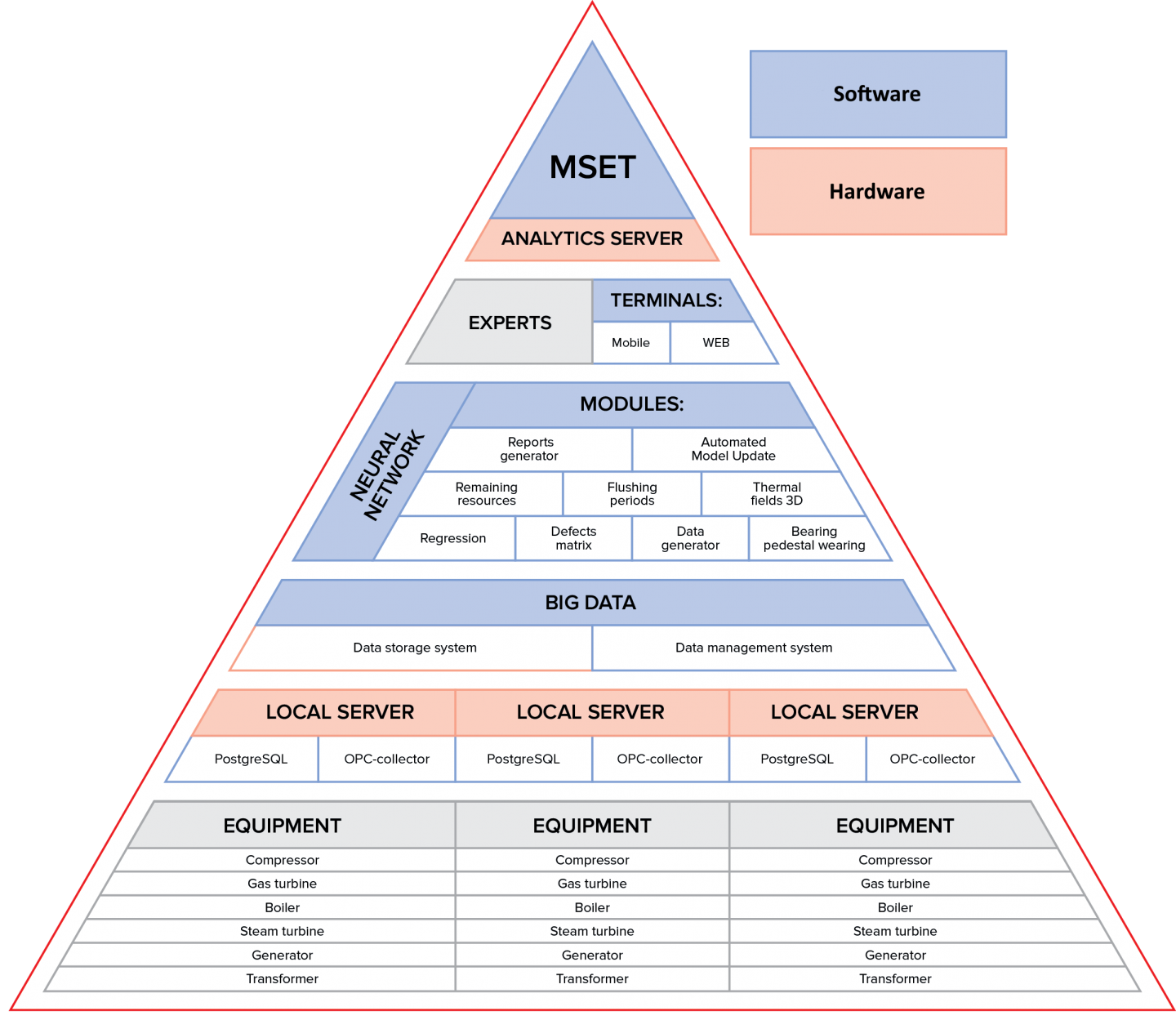 Figure 4. Information space architecture
Figure 4. Information space architecture
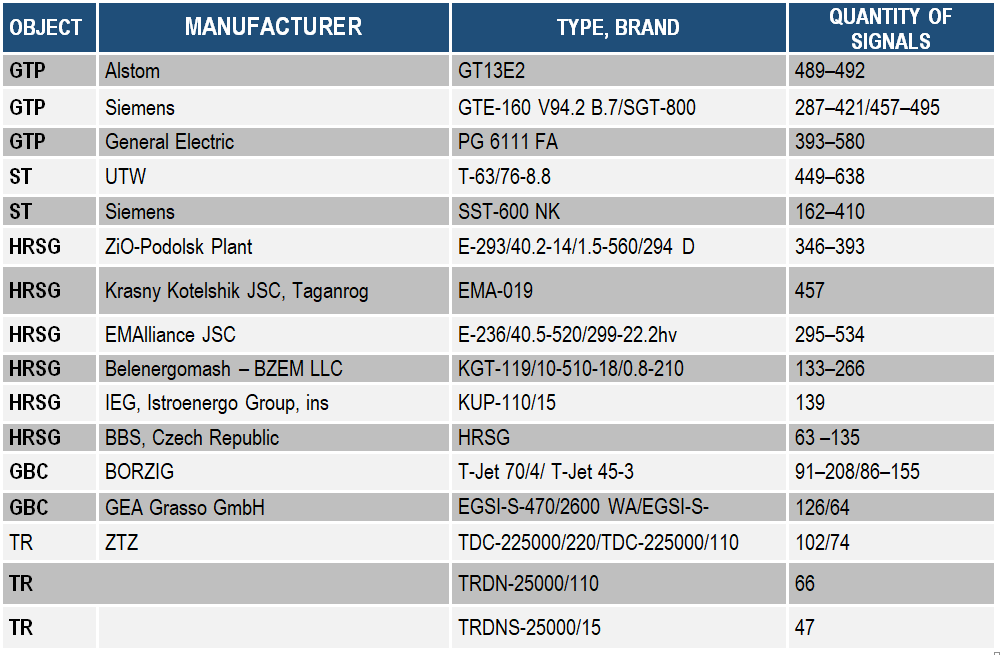 *The following abbreviations are used in the table:
*The following abbreviations are used in the table:
GTP – gas-turbine plant; ST – steam turbine; HRSG – heat-recovery steam generator; GBC – gas-booster compressor; TR – transformer
It is important to note that in addition to methodology, the correct selection of input parameters and correctly-constructed and functioning mode models is needed.
Proceeding directly to power transformers, the maximum information is provided due to:
- definition of all key units of the object: on-load tap-changers, windings, high-voltage bushings, tank, core, cooling system;
- registration of all critical parameters related to the peculiarities of the transformer’s electromagnetic, chemical and mechanical processes;
- the group of parameters “partial discharges in isolation” and “vibration characteristics”, which clearly show the origin and development of degradation in terms of temporal trends.
- direct online monitoring - unit transformers of 110 and 220 kV, auxiliary transformers of 15 and 110 kV CHP;
- the format of preliminary examination for the possibility of the system’s connection and the degree of its required retrofitting with primary sensors — unit transformer of 110 kV СНP1 (-); unit transformers 220 kV HPP1 (-); трансформаторы 110 кВ ТЭЦ1transformers of 110 kV CHP1; autotransformer group PS-500 kV.1
Preliminary applied findings from initial experience in the monitoring of electric-power facilities:
- Equipping with primary sensors (except standard ones) and diagnostic tools is extremely low and the introduction of the Predictive Analytics and Remote Monitoring System is impossible without retrofitting.
- In and of itself, equipping with sensors and diagnostic tools does not automatically imply their full use by the relevant engineering and manufacturing departments. There are reasons for that:
- availability and mandatory implementation of RD 34.45–51.300–97 “Scope and Standards for Tests of Electrical Equipment”;
- diagnostic systems require both initial and periodic configuration to ensure that the information analyzed is as correct as possible;
- in most cases, responsibility for the operation of diagnostic systems is “blurred” (not clearly defined and not documented) between the structural departments handling the operation of primary equipment, relay protection and automation, diagnostics, IT support;
- maintenance personnel often lack a firm grasp of this type of information and its processing.
- The correlation (applied use) between diagnostic results and the terms/scopes of repairs is often implicit and mainly depends on the engineering-technical personnel’s subjective assessment of possible financing in the planning of the repair fund and reconstruction costs.
Additional conclusions based on the results of the online direct monitoring of CHP transformers are as follows:
- absence of pre-alarm (PS) and alarm (AC) system values for some important parameters (for example, conduction currents and the capacity of high-voltage bushings);
- the quality of signals from the monitoring object requires constant reliability analysis due to the lack of fully-automated software that can 1) recognize the signals’ degree of criticality; 2) temporarily withdraw them from the mathematical model; 3) track the moment of the occurrence of correct reception and transmission; 4) be introduced back into the model;
- the occurrence of temporary sharp fluctuations in signal values (“pulses” or “dips”), which cannot be correlated with existing signals, and the need to refine, and often jointly analyze, information to determine the criticality of the situation.
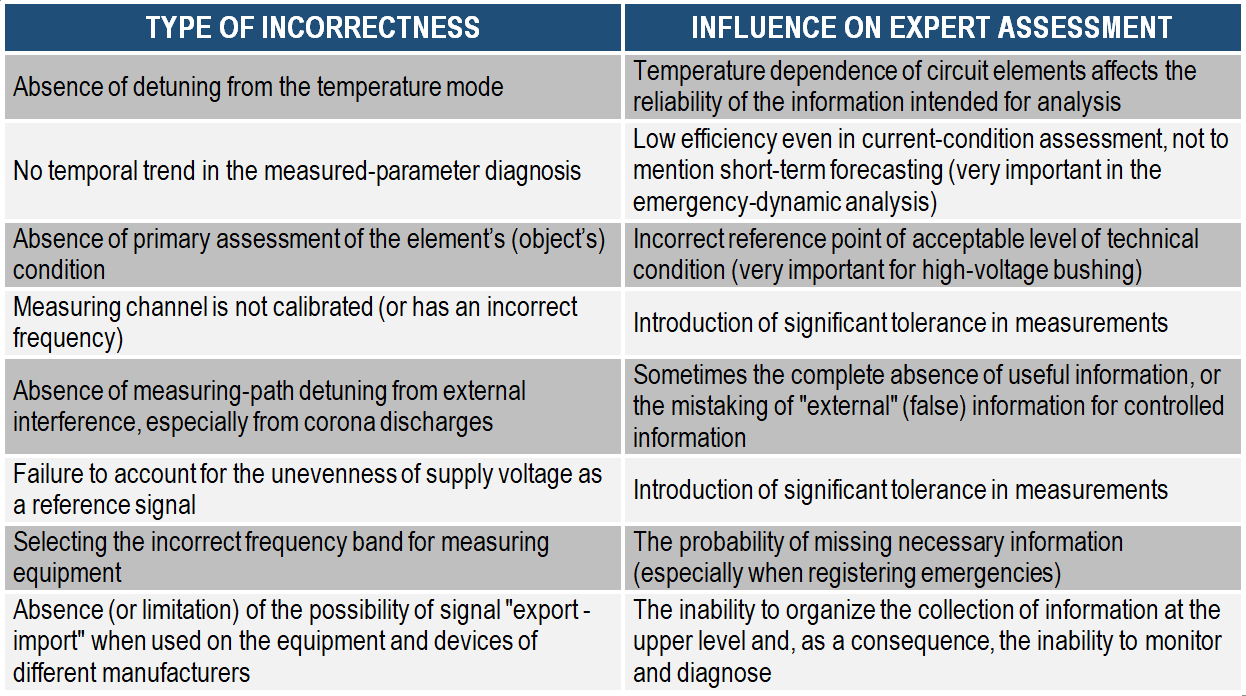
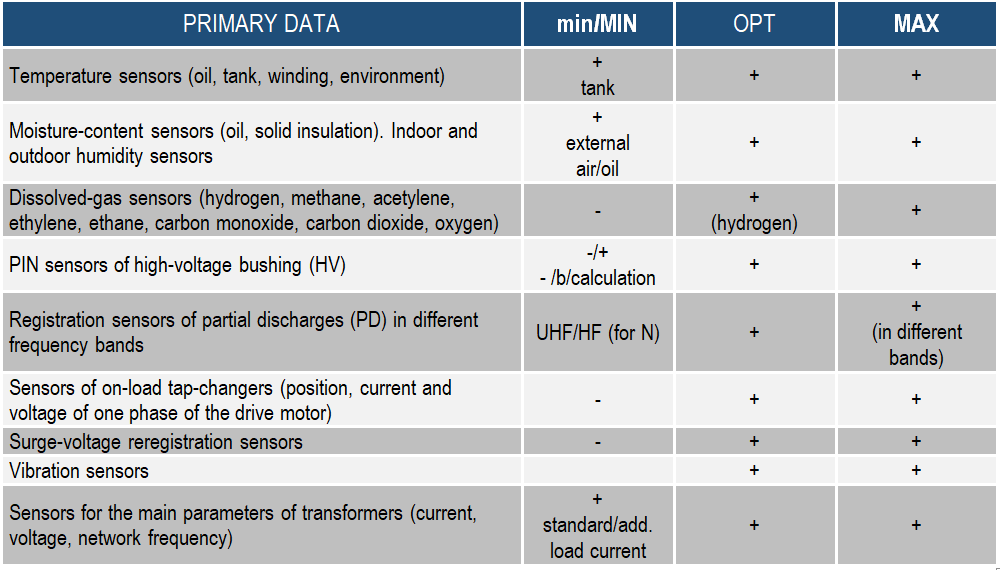 *The following abbreviations are used in the table:
*The following abbreviations are used in the table:
Min – minimum-required level of equipment; MIN – minimum level; OPT – optimal level; MAX – maximum-possible level.
Conclusion
The experience of the described predictive analytics and remote monitoring system shows what must be introduced and improved – and how – for the digitalization of fuel-and-energy complex facilities in general and the power-grid complex in particular. Main conclusions:
- The need is emerging for the outsourcing of remote monitoring centers (RMC), since the existing centers and their analogues are mainly information-dispatching structures, whose functionality in terms of assessing the technical condition of operation-and-management facilities is either absent or is of a superficial declarative nature. In addition, due to organizational and functional subordination, such structures are biased.
- The primary retrofitting of monitoring objects with devices and diagnostic systems is required, at least in a minimally-sufficient amount.
Ideally, equipping should be laid according to manufacturers’ specifications, which will not require subsequent design changes, and will not violate warranty-and-service conditions. - There is a need to change the approach to the formation of the regulatory and technical framework for the operation of power facilities in terms of the admissibility of replacing some types of tests with data obtained by licensed online diagnostic systems.
- Introduction of the predictive analytics and remote monitoring system or similar systems should not be point-to-point for individual units, but for complete technological processes, including for TPP: boiler-turbine-generator-unit transformer (coupling transformer); for the pre-alarm system: switchgear in full – connections (outgoing lines).
1Systems for automation and integration with the lower-level server of Predictive Analytics and Remote Monitoring System PRANA require fine-tuning; (-) – significant retrofitting with primary sensors and diagnostic tools is required.
The PRANA Predictive Analytics and Remote Monitoring System has received another update of the operating system.
The industrial holding ROTEC JSC and Group-IB, one of the leading developers of solutions for detecting and preventing cyberattacks have entered into a cooperation agreement to ensure technological and cybersecurity of critical infrastructure facilities. The agreement was signed at the International Industrial Trade Fair Innoprom 2021 and will allow ACS and IS specialists of enterprises to observe and take proactive measures to prevent incidents caused both by service wear of equipment and as a result of cyberattacks.
The industrial Internet begins with the introduction of systems based on mutual penetration of information technologies and automation devices of manufacturing equipment, such as the systems of remote monitoring and diagnostics. One of the inspection methods of the equipment’s condition is its continuous monitoring, which is a necessary condition for the transition to a service system on the operating condition
According to Mikhail Lifshitz, Chairman of the Board of Directors of ROTEC, Russian power engineering company, the venture capital market in its present state is currently raising people whose aim is not to create a winning product, but just to raise funds. With regard to his business, Mr. Lifshitz abandoned the speculative component and headed for the long-term integration of ideas into production.
Despite the hazy weather and pouring rain, the yachtsmen were in a terrific mood! Three crews of racing yachts in Olympic Class SB20, mainly represented by employees of ROTEC, PRANA and TEEMP, took the whole winners podium in the amateur competition. For most of the participants, it was their first-ever experience of this kind – and they claimed victory straight away!
The trend towards digitalization and flourishing of the service economy have led to the emergence of a new model – Maintenance-as-a-Service. Let’s explore how it’s organized and the benefits that it offers to business.
The Internet of Things (IoT) integrates devices into a computer network and allows them to collect, analyze, process and transmit data to other facilities via software, applications or technical devices

